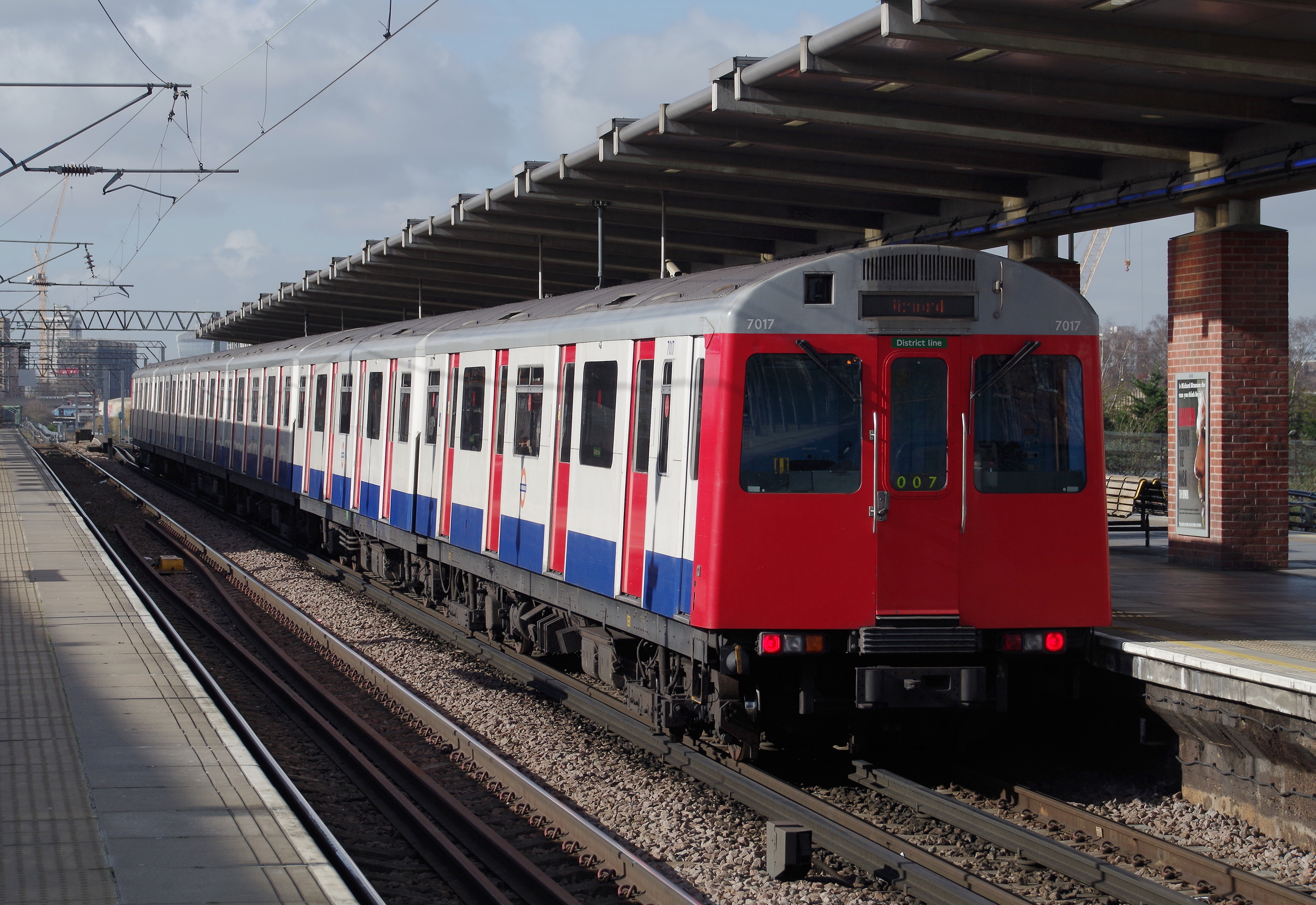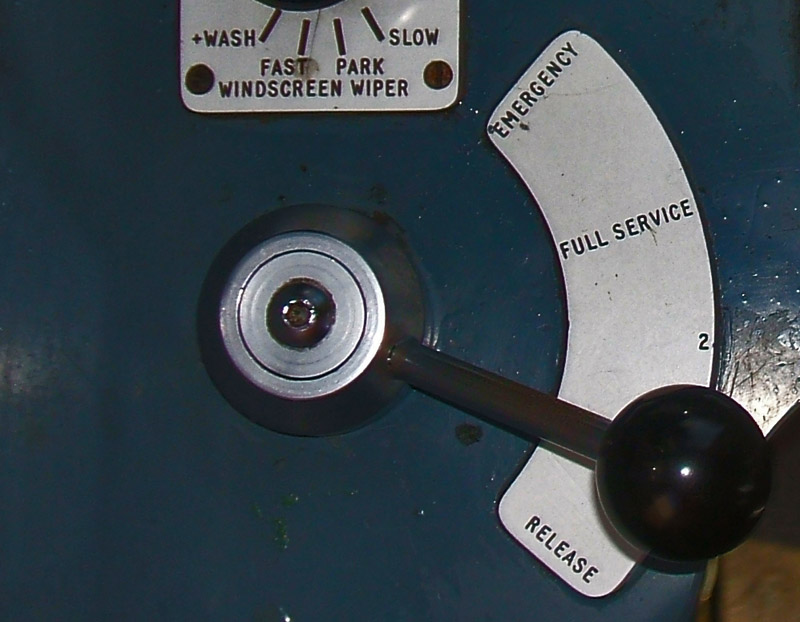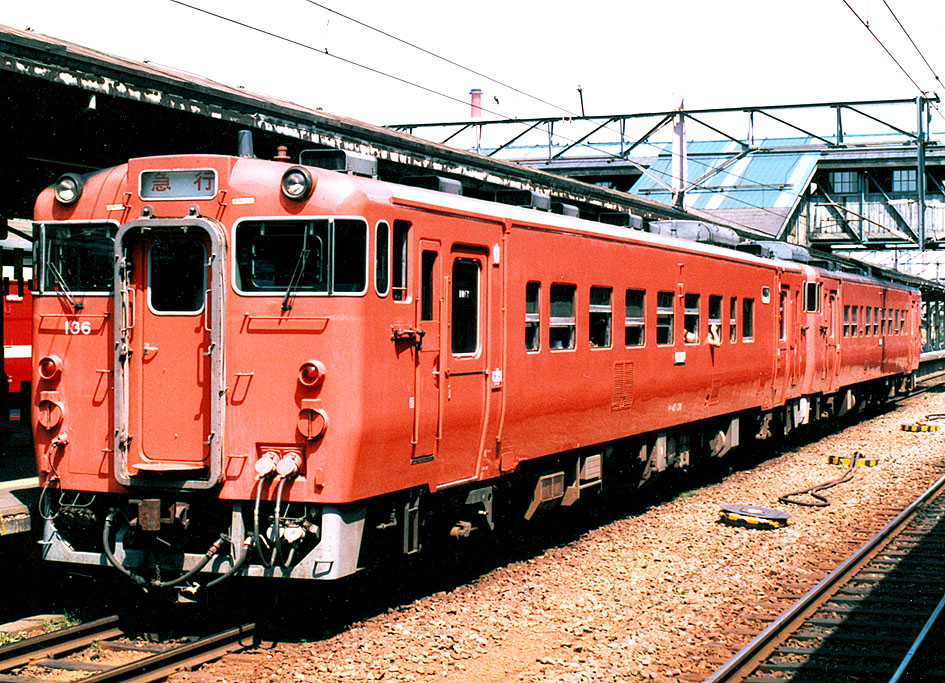|
British Rail Class 230
The British Rail Class 230 ''D-Train'' is a diesel-electric multiple unit, Diesel multiple unit, diesel-battery electric multiple unit or battery electric multiple unit built by rolling stock manufacturer Vivarail for the British rail network. The units are converted from old London Underground D78 Stock, originally manufactured in 1980 by Metro-Cammell, and have been assigned the designation of Class 230 under TOPS. The conversion re-uses the D78's aluminium bodyshells with new interiors. It runs on the same bogies but these are rebuilt to as-new standard by Wabtec and fitted with brand-new Three-phase electric power, three-phase AC induction motors sourced from Austria. The initial build of three vehicles for London Northwestern Railway replaces the four-rail traction-current system with four diesel gen-sets, driving eight traction motors via purpose-built electronic traction control units. In this configuration, every wheel is driven and all are braked by a computer-controll ... [...More Info...] [...Related Items...] OR: [Wikipedia] [Google] [Baidu] |
Transport For Wales Rail
Transport for Wales Rail Limited, branded as Transport for Wales and TfW Rail ( and ), is a Welsh State-owned enterprises of the United Kingdom, publicly owned train operating company, a subsidiary of Transport for Wales (TfW), a Welsh Government-owned company. It commenced operations of the day to day services of the Wales & Borders franchise on 7 February 2021, as an operator of last resort, succeeding KeolisAmey Wales. Transport for Wales Rail manages 248 National Rail stations, including all 223 in Wales, and operates all passenger Transport in Wales#Railways, mainline services wholly within Wales, and services along the England–Wales border, many of which run into or through England. History During May 2018, the Wales & Borders franchise was awarded by Transport for Wales to KeolisAmey Wales. Operations commenced in October 2018; at this point, the franchise was scheduled to run for 15 years. Within two years, the franchisee had experienced a collapse in revenues and a ... [...More Info...] [...Related Items...] OR: [Wikipedia] [Google] [Baidu] |
Electro-pneumatic Brake System On British Railway Trains
The electro-pneumatic brake system on British mainline railway trains was introduced in 1950 and remains the primary braking system for multiple units in service today, although London Transport underground trains had been fitted with EP brakes since the 1920s. The Southern Region of British Railways operated a self-contained fleet of electric multiple units for suburban and middle-distance passenger trains. From 1950, an expansion of the fleet was undertaken and the new build adopted a braking system that was novel in the UK, the electro-pneumatic brake in which compressed air brake operation was controlled electrically by the driver. This was a considerable and successful technical advance, enabling a quicker and more sensitive response to the driver's operation of brake controls. Origins From the 1920s, the Southern Railway of the UK and its predecessor companies had adopted electrification and multiple-unit train operation as a solution for dense and intensive passenger ... [...More Info...] [...Related Items...] OR: [Wikipedia] [Google] [Baidu] |
Marston Vale Line
The Marston Vale line is the line between and in England, a surviving remnant of the former Varsity Line between and , most of which was closed in the late 1960s. The line is sponsored by the Marston Vale community rail partnership. The line is to be adopted and upgraded as part of East West Rail, a project underway to re-establish the OxfordCambridge route. History The line was authorised by the ( 8 & 9 Vict. c. xliii), and opened in 1846 by the London and Birmingham Railway, though the L&B merged with the Grand Junction Railway to become the London and North Western Railway whilst construction was ongoing – the LNWR ran it from its opening."Bedford Railway" 'Disused Stations Site Record''; Retrieved 7 September 2016 The line later became part of the cross-country |
Modern Railways
''Modern Railways'' is a monthly British magazine covering the rail transport industry, which was published by Ian Allan until March 2012 and Key Publishing since then. It has been published since 1962. The magazine was based originally in Shepperton, Surrey, and Tunbridge Wells subsequently. The magazine has always been targeted at both railway professionals and serious amateurs, an aim which derives from its origins as an amalgamation of the enthusiast magazine '' Trains Illustrated'' and the industry journal ''The Locomotive'' in the hands of its first editor Geoffrey Freeman Allen. It is currently edited by Richard Clinnick. Regular contributors include Roger Ford, Ian Walmsley, Alan Williams and Tony Miles. ''Informed Sources'' is a large section written regularly by Roger Ford and ''Pan Up'' is written by Ian Walmsley. Trains Illustrated The first edition of '' Trains Illustrated'' was published at the beginning of 1946. Due to post-war paper shortages, issues 1 to 8 ... [...More Info...] [...Related Items...] OR: [Wikipedia] [Google] [Baidu] |
London Midland
London Midland was a train operating company in England which operated the West Midlands franchise between 11 November 2007 and 10 December 2017. It was owned by the British transport group Govia. London Midland was created as a result of Govia being awarded the West Midlands franchise on 22 June 2007. This franchise had emerged out of a reorganisation conducted by the Department for Transport, which had combined elements of the Silverlink and Central Trains operations together. London Midland had various commitments to fulfil during the franchise period, including the procurement of at least 37 new multiple units, the introduction of a semi-fast service between London and Crewe, and to invest at least £11.5m into stations. Early rolling stock orders totalled 66 new trains, including two Class 139 ''Parry People Movers'', 12 two-car and 15 three-car Class 172 ''Turbostars'' and 37 four-car Class 350/2 ''Desiros''. Further orders and reorganisations of rolling stock would ... [...More Info...] [...Related Items...] OR: [Wikipedia] [Google] [Baidu] |
Coventry To Nuneaton Line
Coventry ( or rarely ) is a cathedral city and metropolitan borough in the West Midlands county, in England, on the River Sherbourne. Coventry had been a large settlement for centuries. Founded in the early Middle Ages, its city status was formally recognised in a charter of 1345. The city is governed by Coventry City Council, and the West Midlands Combined Authority. Formerly part of Warwickshire until 1451, and again from 1842 to 1974, Coventry had a population of 345,324 at the 2021 census, making it the tenth largest city in England and the 13th largest in the United Kingdom. It is the second largest city in the West Midlands region, after Birmingham, from which it is separated by an area of green belt known as the Meriden Gap; it is the third largest in the wider Midlands after Birmingham and Leicester. The city is part of a larger conurbation known as the Coventry and Bedworth Urban Area, which in 2021 had a population of 389,603. Coventry is east-south-east of B ... [...More Info...] [...Related Items...] OR: [Wikipedia] [Google] [Baidu] |
Three-phase Electric Power
Three-phase electric power (abbreviated 3ϕ) is a common type of alternating current (AC) used in electricity generation, transmission, and distribution. It is a type of polyphase system employing three wires (or four including an optional neutral return wire) and is the most common method used by electrical grids worldwide to transfer power. Three-phase electrical power was developed in the 1880s by several people. In three-phase power, the voltage on each wire is 120 degrees phase shifted relative to each of the other wires. Because it is an AC system, it allows the voltages to be easily stepped up using transformers to high voltage for transmission and back down for distribution, giving high efficiency. A three-wire three-phase circuit is usually more economical than an equivalent two-wire single-phase circuit at the same line-to-ground voltage because it uses less conductor material to transmit a given amount of electrical power. Three-phase power is mainly used dire ... [...More Info...] [...Related Items...] OR: [Wikipedia] [Google] [Baidu] |
Wabtec
Westinghouse Air Brake Technologies Corporation, commonly known as Wabtec, is an American company formed by the merger of the Westinghouse Air Brake Company (WABCO) and MotivePower in 1999. It is headquartered in Pittsburgh, Pennsylvania. Wabtec manufactures products for locomotives, Railway freight car, freight cars and Passenger car (rail), passenger transit vehicles, and builds new locomotives up to . It is a Fortune 500 company. The company purchased GE Transportation on February 25, 2019. History The company's origins go back to 1869 with the founding of the Westinghouse Air Brake Company. That company (known as WA&B and later also as WABCO) became independent in 1990 via a management buy-out, and went public in 1995. (Another company, WABCO Vehicle Control Systems, also created from the Westinghouse Brake Company, is independent of Wabtec. It was spun off by American Standard Companies in 2007, and is today part of German automotive components firm ZF Friedrichshafen.) ... [...More Info...] [...Related Items...] OR: [Wikipedia] [Google] [Baidu] |
TOPS
Total Operations Processing System (TOPS) is a computer system for managing railway locomotives and rolling stock, known for many years of use in the United Kingdom. TOPS was originally developed between the Southern Pacific Railroad (SP), Stanford University and IBM as a replacement for paper-based systems for managing rail logistics. A jointly-owned consultancy company, ''TOPS On-Line Inc.'', was established in 1960 with the goal of implementing TOPS, as well as selling it to third parties. Development was protracted, requiring around 660 man-years of effort to produce a releasable build. During mid-1968, the first phase of the system was introduced on the SP, and quickly proved its advantages over the traditional methods practiced prior to its availability. In addition to SP, TOPS was widely adopted throughout North America and beyond. While it was at one point in widespread use across many of the United States railroads, the system has been perhaps most prominently use ... [...More Info...] [...Related Items...] OR: [Wikipedia] [Google] [Baidu] |
Battery Electric Multiple Unit
A battery electric multiple unit (BEMU), battery electric railcar or accumulator railcar is an electrically driven multiple unit or railcar whose energy can be supplied from rechargeable batteries driving the traction motors. Prime advantages of these vehicles is that they do not use fossil fuels such as coal or diesel fuel, emit no exhaust gases and do not require the railway to have expensive continuous infrastructure like electric third rail or overhead catenary. On the down side is the weight of the batteries, which raises the vehicle weight, affecting the range before recharging of between . Currently, battery electric units have a higher purchase price and running costs than petrol or diesel railcars. One or more charging stations are required along the routes they operate, unless operation is on a mixture of electrified and unelectrified track, with the batteries being charged from the electrified track. Battery technology has greatly improved over the past 20 years, broad ... [...More Info...] [...Related Items...] OR: [Wikipedia] [Google] [Baidu] |
Diesel Multiple Unit
A diesel multiple unit or DMU is a multiple-unit train powered by on-board diesel engines. A DMU requires no separate locomotive, as the engines are incorporated into one or more of the carriages. Diesel-powered single-unit railcars are also generally classed as DMUs. Diesel-powered units may be further classified by their transmission type: diesel–mechanical DMMU, diesel–hydraulic DHMU, or diesel–electric DEMU. Design The diesel engine may be located above the frame in an engine bay or under the floor. Driving controls can be at both ends, on one end, or in a separate car. Types by transmission DMUs are usually classified by the method of transmitting motive power to their wheels. Diesel–mechanical In a diesel–mechanical multiple unit (DMMU), the rotating energy of the engine is transmitted via a Transmission (mechanics), gearbox and driveshaft directly to the wheels of the train, like a automobile, car. The transmissions can be shifted manually by the driver, a ... [...More Info...] [...Related Items...] OR: [Wikipedia] [Google] [Baidu] |







